
In the evolving landscape of corporate security, CCTV installation plays a pivotal role in safeguarding assets, personnel, and operational integrity. Yet, despite technological advancements, many businesses falter during the installation phase—compromising the system’s efficiency and return on investment. As organizations pivot toward smarter surveillance solutions, awareness of common installation pitfalls becomes crucial to maximize the value of your security infrastructure.
This article illuminates eight prevalent CCTV installation mistakes and offers actionable strategies to circumvent them—empowering you to deploy a robust, future-ready surveillance system.
1. Improper Camera Placement
The adage "location is everything" holds especially true for CCTV cameras. Placing cameras without strategic foresight leads to blind spots or ineffective coverage. A common error is mounting cameras too high or too low, skewing angles and diminishing clarity.
How to avoid: Conduct a thorough site survey to map critical zones such as entrances, exits, high-traffic areas, and blind spots. Use a mix of wide-angle and zoom lenses tailored to each area’s monitoring needs. For example, outdoor cameras should cover perimeter fences, while indoor units focus on sensitive assets.
To dive deeper into camera placement strategies, refer to the Surveillance principles on Wikipedia.
2. Ignoring Lighting Conditions
Surveillance cameras rely heavily on ambient light to capture clear images. Many installations fail because installers overlook how varying lighting conditions affect footage quality—resulting in overexposed or dark, unusable video.
How to avoid: Analyze lighting patterns during different times of day. Incorporate cameras with infrared or low-light capabilities for night surveillance. Position lights or motion-activated floodlights strategically to enhance image clarity without causing glare.
3. Inadequate Network Infrastructure
Modern CCTV systems increasingly integrate with digital networks. A weak or congested network hampers live streaming, recording quality, and remote access.
How to avoid: Invest in high-bandwidth, reliable network infrastructure with dedicated channels for video data. Prioritize the use of Power over Ethernet (PoE) switches for streamlined connectivity and power delivery. Additionally, deploy network segmentation to safeguard surveillance data from interference or cyber threats.
For a comprehensive understanding, explore the fundamentals of a robust* Network Infrastructure*.

4. Overlooking Storage Capacity Planning
Video footage consumes significant storage, and miscalculations can disrupt continuous recording or data retrieval.
How to avoid: Calculate storage needs based on camera resolution, frame rate, retention period, and number of cameras. Implement scalable storage solutions like Network Attached Storage (NAS) or cloud storage for flexibility. Also, enable video compression standards such as H.265 to optimize space without sacrificing quality.
5. Neglecting Regular Maintenance
CCTV systems are dynamic environments, prone to wear and tear, dirt accumulation, or technical faults.
How to avoid: Establish a routine maintenance schedule including lens cleaning, firmware updates, and system health diagnostics. Use automated alerts for system malfunctions or connectivity issues to ensure uninterrupted performance.
6. Failing to Secure Cameras from Tampering
Physical security of CCTV hardware is often underestimated, making cameras vulnerable to vandalism or sabotage.
How to avoid: Install cameras in tamper-resistant housings, out of easy reach when possible. Integrate motion detection alarms and deploy security signage to deter malicious interference. Additionally, consider redundant camera angles to cover vulnerable points.
7. Not Aligning System Features with Business Objectives
A sophisticated CCTV system is only valuable if it aligns with the unique security challenges and compliance requirements of the organization.
How to avoid: Collaborate with security consultants to customize system features, such as facial recognition, access control integration, or real-time analytics. This tailored approach ensures the technology delivers actionable intelligence beyond mere footage recording.

8. Underestimating the Power of Smart Technology
Traditional CCTV setups without intelligent features can miss critical insights hidden within vast video data.
How to avoid: Embrace advanced ai security cameras that leverage artificial intelligence to identify anomalies, track movements, and generate instant alerts. These systems reduce false alarms and optimize response times, fostering proactive security management.
Conclusion
Effective CCTV installation demands a holistic strategy—combining technical precision with strategic foresight. Avoiding these common pitfalls not only enhances security coverage but also maximizes the return on investment in your surveillance infrastructure. As organizations transition to smarter environments, integrating ai security cameras becomes indispensable to transforming passive monitoring into dynamic, intelligence-driven security.
Remember, the future of surveillance lies at the intersection of technology and meticulous planning. Equip your enterprise with systems designed to see more, understand more, and protect better.

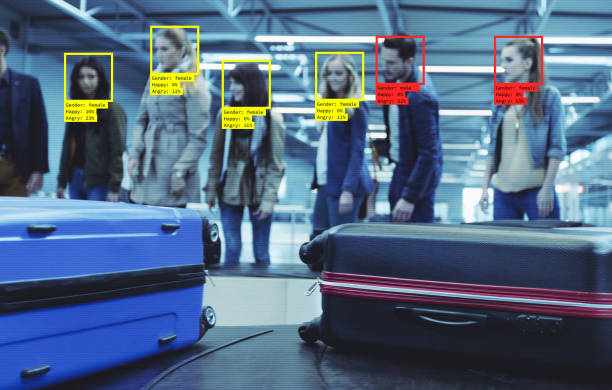
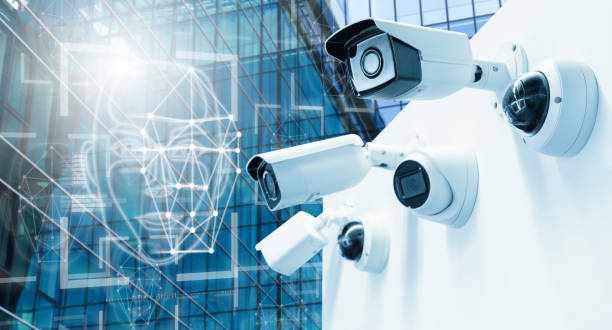
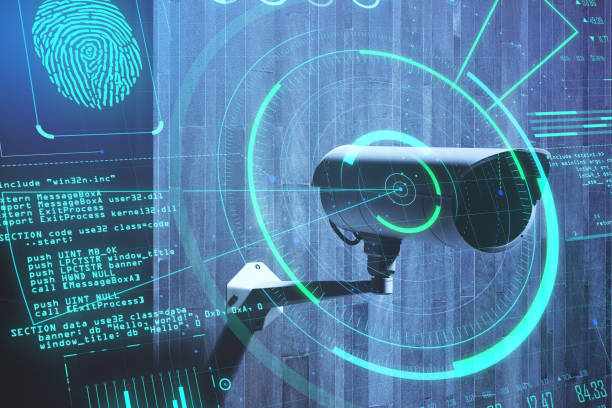
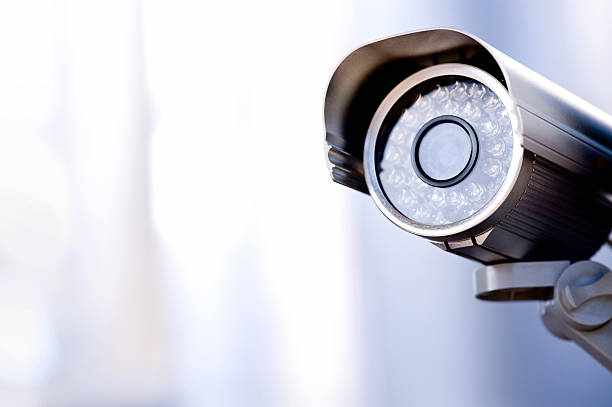
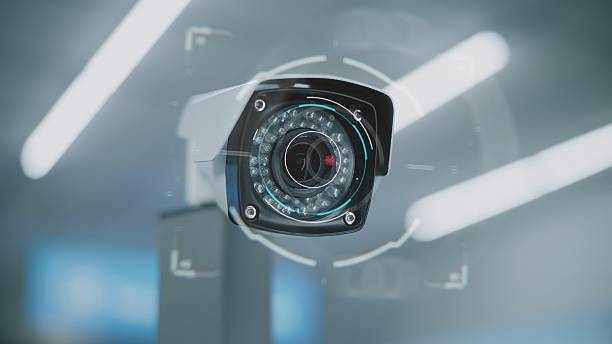




Write a comment ...